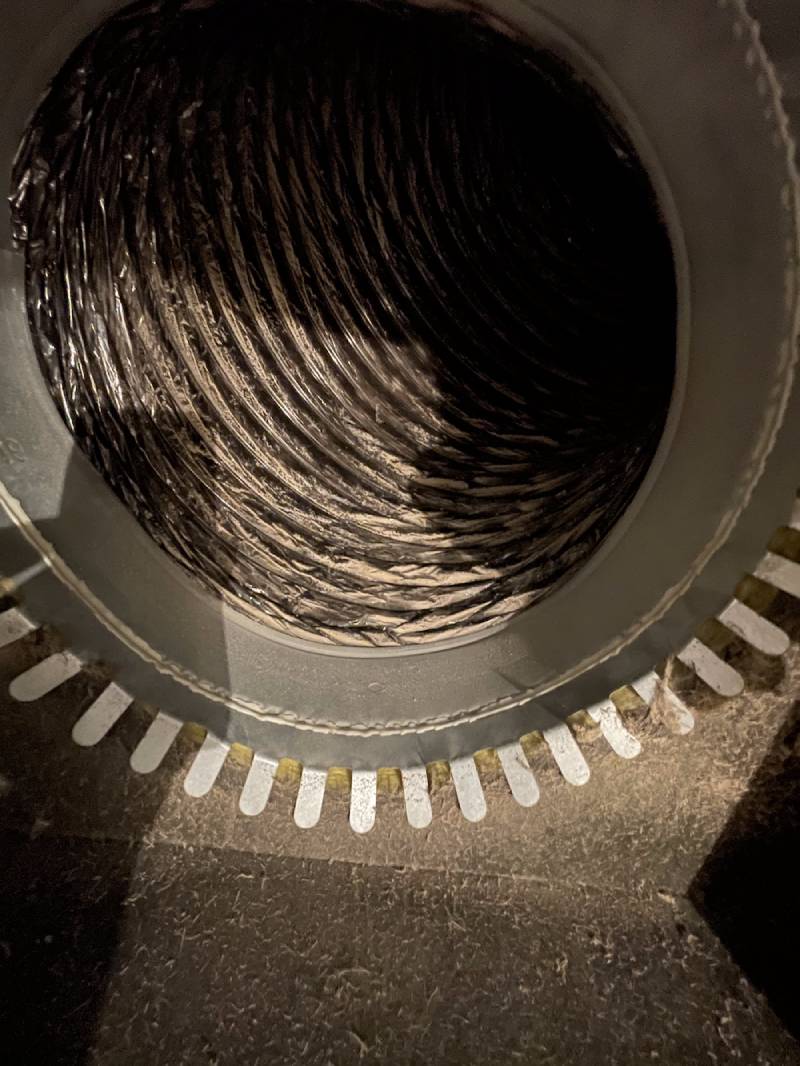How to Identify and Prevent Mold in Ducts
Are you concerned about the potential presence of mold in your air ducts? Mold can be a dangerous problem, with potential health implications for both your family and home. In this blog post, we’ll provide an easy-to-follow guide on identifying and preventing growth of mold in ducts so that you can keep air quality at its best. Keep reading to learn more!

Ducts Mold Removal
What is Mold in Ducts and Why is it a Problem
Mold in ducts can cause health issues when inhaled by occupants, and should not be overlooked as a potential indoor air quality problem. Exposure to mold spores can cause sneezing, itchy eyes, coughing, and throat irritation. In some cases, the effects may be more severe such as sinus infections or allergic reactions. Mold can also lead to structural damage if not addressed quickly. Therefore, it is essential to have an accurate assessment of any mold infestations that could be hiding in HVAC systems and ductwork. Professional inspection services will help property owners identify mold levels and effectiveness at mitigating them before any contamination does further harm to employees, tenants or customers in the business environment.
How to Identify Mold in Your Ducts
Mold in ducts can create a host of health and safety risks within a home or business, so it’s important to recognize the warning signs of an infestation. Luckily, identifying mold in ducts is not as daunting as one might think. The first step is to look for obvious signs such as black spots, strong musty odors, or visible filaments near vents and registers. If you don’t spot any of these signs but still believe there may be mold present, other indicators such as persistent water stains or discoloration on walls and ceilings could indicate that moisture is building up within your ducts. It’s best to enlist the help of a professional if you suspect the presence of mold – their specialized training allows them to accurately diagnose the problem and provide effective solutions.
Tips for Preventing Mold in Ducts
Taking preventative measures to avoid mold in ducts can be an effective way to ensure that the air quality in your home or office is up to standard. Regularly inspecting ventilation systems and washing air filters are key steps you can take that go a long way toward preventing mold growth. Be sure to check for moisture levels, as even small leaks can be conducive to a buildup of mildew and mold spores. Maintaining low humidity levels indoors is also extremely important, as high humidity provides an ideal environment for mold colonies to thrive. Professional cleaning of your duct system on a regular basis can help ensure that no airborne contaminants linger and lead to future health risks.
Common Causes of Mold Growth in Ducts
Mold growth in duct systems is a common problem due to the warm and humid environment generated by HVAC airflow. It is essential to keep an eye on the air circulating within your home or workspace to prevent mold from taking root and causing respiratory problems for those inside. The most common causes of mold growth in ducts include inadequate ventilation, standing water inside the system, microbial contamination, and insufficient maintenance as dust, dirt, and moisture build up over time. Neglecting to clean out ducts can also allow condensation to form within the system – providing perfect conditions for mold spores to flourish.
How to Clean Up Existing Mold in Your Ducts
Keeping your air ducts clean is an important step in ensuring the air quality of your home, but it can be all too easy for mold to accumulate in this environment. To rid your ducts of existing mold and prevent further issues, start with a thorough inspection, looking closely at all the connective areas and seams. Before you begin cleaning, you should also seal off or cover all other connected ventilation systems to avoid cross-contamination while you work. Next, try a commercial product specifically designed to kill existing mold and deter the formation of new colonies. Finally, make sure to remove any debris created during the process to complete the job successfully.
Mold in ducts can be a hazardous problem for homeowners, and the issue should not be taken lightly. It is important to pay attention to signs of mold and know how to identify and prevent it from growing. Taking these proactive steps now could save you time and money down the line as well as ensure a healthy home for all occupants.

Mold Removal Service
https://www.google.com/maps?cid=15880852944090880452







